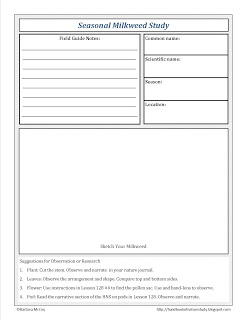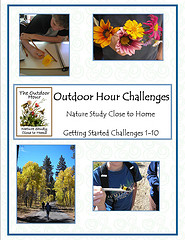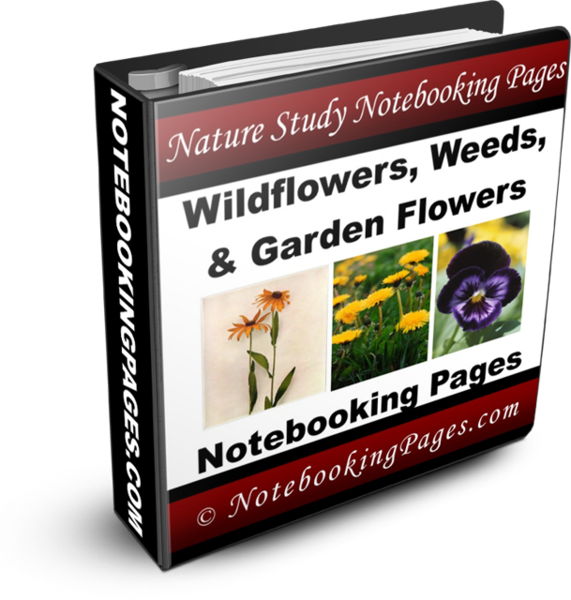| White Daisy (aster) |
“The asters, like the goldenrods, begin to bloom at the tip of the branches, the flower-heads nearest the central stem blooming last. All of the asters are very sensitive, and the flower-heads usually close as soon as they are gathered.” Handbook of Nature Study, page 507
I love a good flower study! Reading in the Handbook of Nature Study I learned that the aster has both a disc flower and a ray flower…like a sunflower. Aha! I can see it now that I have slowed down to really look at this pretty flower from the aster family, a Shasta Daisy or an Ox-Eye Daisy…not sure which
We happened to be at the beautiful summer garden found at Tallac Historic Site and I was excited to find a whole range of asters to observe. We had been on a quest to find some goldenrod but settled for any flowers in the aster family we could find. (We did find some goldenrod…see last flower photo.)
| Can you see the disc and ray flowers? |
I think you can really see the disc flowers once the ray flowers wilt back. This daisy helps show the way the different kinds of flowers grow in this daisy flower head. Point that out to your kids the next time you see an aster.
| Purple Coneflower |
How about this flower in the aster family? The Purple Coneflower is one of my favorites and I grow it in my garden every year….well actually it just comes back to life in the spring so I don’t have to do too much to it.
So now come a bunch of images that show the variety that this flower family can produce. Starting with this really large yellow aster with the long ray flowers.
These were some of my favorites! I love the multi-colored flowers and the Black-eyed Susans all mixed together. I am going to make sure to plant an area of my garden with seeds like these so I can enjoy their beauty all summer long.
Drooping ray flowers really show this flower off at its best! I am going to put this one in my nature journal…watercolors or markers? Not sure yet.
Edit to add my journal—I ended up with colored pencils.
This aster was not in the garden at Tallac but was on the trail around over by Taylor Creek. There was a whole section of them blooming. I love the classic lavender and yellow color combination. This may need to go in my nature journal too.
Eureka! We finally saw some goldenrod in bloom. We had seen lots of dried up goldenrod during our hike but this was the first blooming plant we spied. The goldenrod completed our hunt for all kinds of flowers in the aster family.
Here we are…the intrepid aster hunters. My oldest and youngest went with me this time and it was great to have them along. They are both a lot of fun.
Mr. B took a break from flower hunting to stack some rocks and strike a pose. Like I said, always a lot of fun with these nature-loving kids.
Don’t miss out on the chance to do your own goldenrod, aster, or chrysanthemum study this month. Pop over to the challenge and print out the free Autumn Garden Nursery Mini-Book printable if you need to make this a quick and easy nature study week.





















